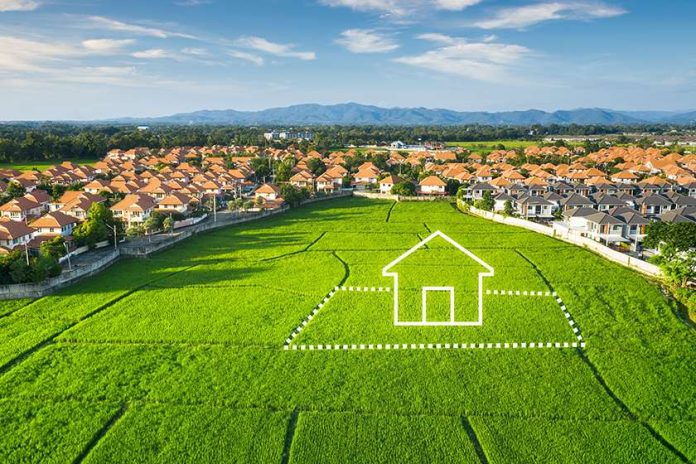Real estate transactions can be complex, involving various terms and concepts that may not be immediately clear. One such term is TDR, or Transfer of Development Rights. Understanding what is TDR in real estate is essential for navigating certain aspects of property development and urban planning. This article provides a comprehensive overview of TDR, including its purpose, benefits, and implementation.
Understanding TDR: Definition and Basics
1.1 What is TDR in Real Estate?
TDR, or Transfer of Development Rights, is a regulatory tool used in real estate and urban planning to manage land use and development. It allows property owners to transfer their development rights from one parcel of land to another, typically to achieve specific planning or environmental goals.
1.2 Purpose of TDR
The primary purposes of TDR include:
- Preserving Open Space: By transferring development rights from areas designated for preservation, TDR helps protect natural landscapes and agricultural lands.
- Encouraging Smart Growth: TDR promotes higher-density development in areas designated for growth, helping to manage urban sprawl.
- Balancing Development and Conservation: It provides a way to balance new development with conservation efforts, allowing for controlled and sustainable growth.
How TDR Works
2.1 The TDR Process
The TDR process generally involves the following steps:
- Identification of Sending and Receiving Areas:
- Sending Area: This is typically an area designated for conservation or preservation where development rights are transferred away.
- Receiving Area: This is a designated area where the transferred development rights can be utilized to permit higher-density development.
- Valuation and Transfer of Rights: Property owners in the sending area can sell their development rights to developers or property owners in the receiving area. This transaction often involves a legal agreement and valuation of the rights being transferred.
- Development in Receiving Areas: Developers in the receiving areas can then use the purchased development rights to build at a higher density than normally allowed under local zoning regulations.
2.2 Legal and Regulatory Framework
The implementation of TDR is governed by local zoning laws and regulations. Municipalities or planning authorities establish TDR programs and frameworks to ensure the proper management and transfer of development rights. These programs include guidelines on how to value development rights, areas eligible for sending and receiving, and the process for transferring rights.
Benefits of TDR
3.1 Environmental Preservation
TDR helps in preserving natural landscapes, agricultural lands, and other environmentally sensitive areas. By transferring development rights away from these areas, TDR programs reduce the risk of overdevelopment and protect ecosystems.
3.2 Promoting Sustainable Growth
By concentrating development in designated receiving areas, TDR supports sustainable urban growth. It encourages higher-density development in areas with existing infrastructure and services, reducing the need for new infrastructure and minimizing urban sprawl.
3.3 Economic Advantages
TDR can provide economic benefits for both property owners and developers. Property owners in sending areas can sell their development rights, generating revenue. Developers in receiving areas benefit from the opportunity to build more densely, potentially increasing the value of their projects.
3.4 Flexibility in Planning
TDR offers flexibility in land-use planning and zoning. It allows municipalities to achieve planning goals and address specific development challenges without imposing rigid regulations or restrictions.
Challenges and Considerations
4.1 Valuation and Market Demand
One challenge with TDR is the valuation of development rights. The market demand for TDR and the value assigned to the rights can vary, affecting the feasibility and effectiveness of the program.
4.2 Program Implementation
Implementing a TDR program requires careful planning and coordination among stakeholders, including property owners, developers, and municipal authorities. Effective program management is crucial for the success of TDR initiatives.
4.3 Public Perception
The success of TDR also depends on public perception and acceptance. Educating the community about the benefits and objectives of TDR programs can help in gaining support and ensuring smooth implementation.
Examples of TDR Programs
5.1 New York City’s TDR Program
New York City has implemented a TDR program that allows the transfer of development rights from historic landmarks and open spaces to designated receiving areas. This program has been successful in preserving historic buildings and maintaining green spaces while accommodating new development in urban areas.
5.2 Montgomery County, Maryland
Montgomery County’s TDR program is designed to protect agricultural land and rural landscapes. Development rights are transferred from agricultural areas to designated growth areas, supporting the preservation of farmland while facilitating urban development.
Conclusion
What is TDR in real estate? Transfer of Development Rights is a valuable tool in urban planning and real estate management. By understanding how TDR works, its benefits, and its challenges, stakeholders can make informed decisions that balance development with environmental preservation. Whether you’re a property owner, developer, or planning professional, grasping the concept of TDR can enhance your approach to managing land use and fostering sustainable growth.






